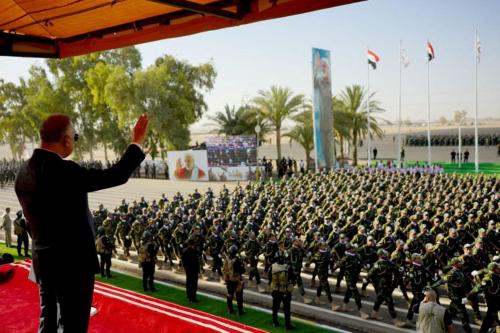While it may not be immediately obvious, there is an important connection between the two big Middle East stories that broke Tuesday, Oct. 12—the negotiated prisoner transfer agreement between Hamas and Israel for the release of Gilad Shalit and the arrest of Iranian Quds Force agent Mansour Arbabsiar—a connection that demonstrates Iran’s fading influence since the emergence of the Arab Spring.
Seldom is the Iranian hand in terrorism revealed as clearly as it was Tuesday in the careful details provided by the U.S. Justice Department. The Iranian regime, operating through the Islamic Revolutionary Guard Corps (IRGC), does its best to operate without fingerprints as it deploys terrorism as a tool of its own brand of statecraft. But here in phone transcripts and wire transfers is evidence that “elements of the Iranian government” — specifically senior officers of the IRGC’s Quds Force — were responsible for ordering and orchestrating a brazen terrorist assassination against the Saudi ambassador to the United States, Adel al-Jubeir, in a downtown Washington restaurant.
The Iranian hand in Hamas’s terrorist activity has also been revealed in the past, particularly in arms shipments bound for Gaza that were intercepted by the Israeli Navy. But Iran’s role in Hamas’s holding of Shalit has been less obvious and little remarked. The negotiations for his release have been tortuous and long-winded, mediated by German and Egyptian intelligence officials. At critical moments in the past, Iran intervened via Khaled Meshaal, Hamas’s external leader, to scotch the deal. Tehran’s motives were fairly obvious: The best way for Iran to spread its influence into the Arab heartland is to stoke the flames of conflict with Israel. Any prisoner swap deal between Hamas and Israel would take fuel off the fire.



Commentary
Op-edThe Iranian Connection
October 12, 2011